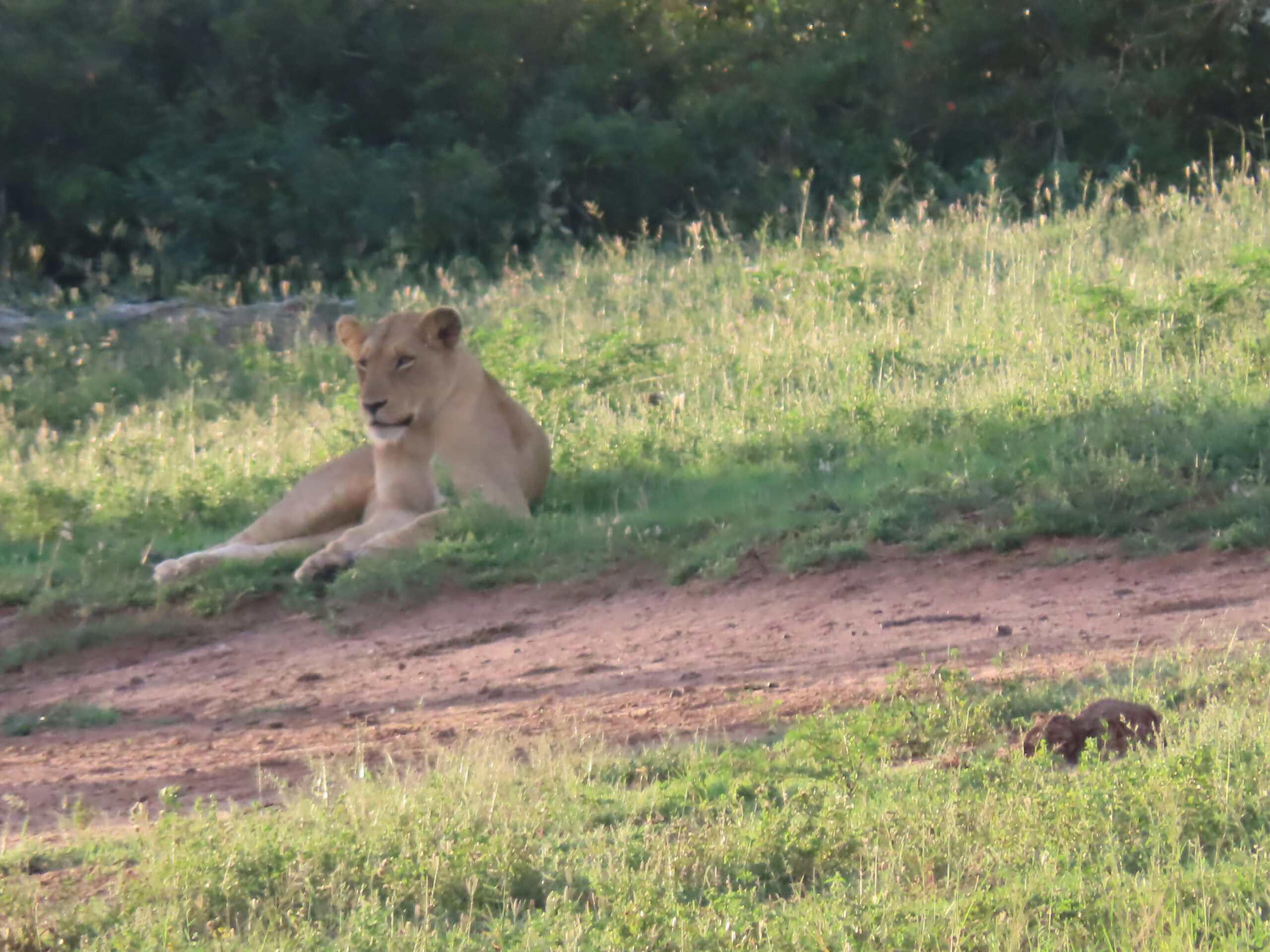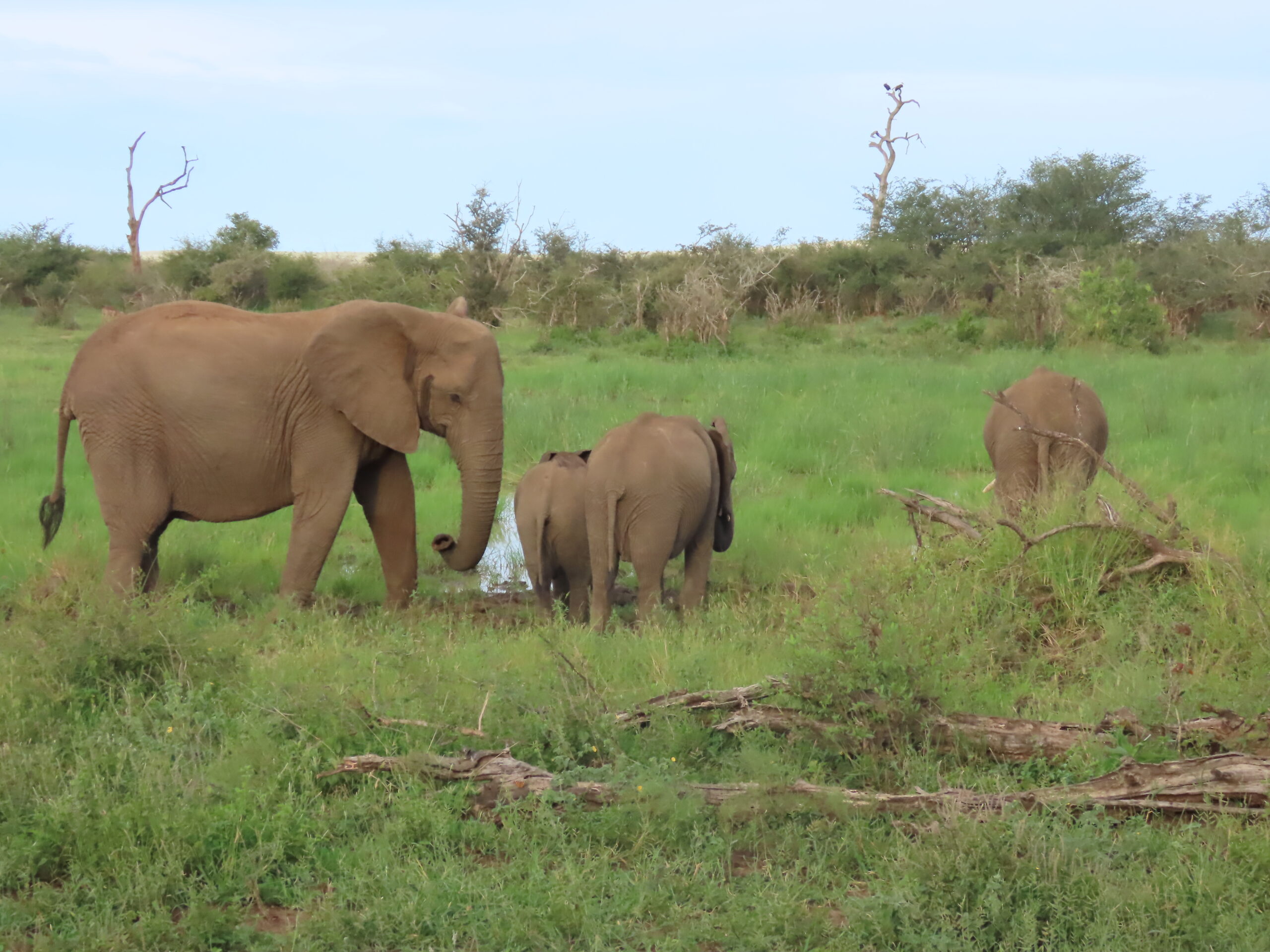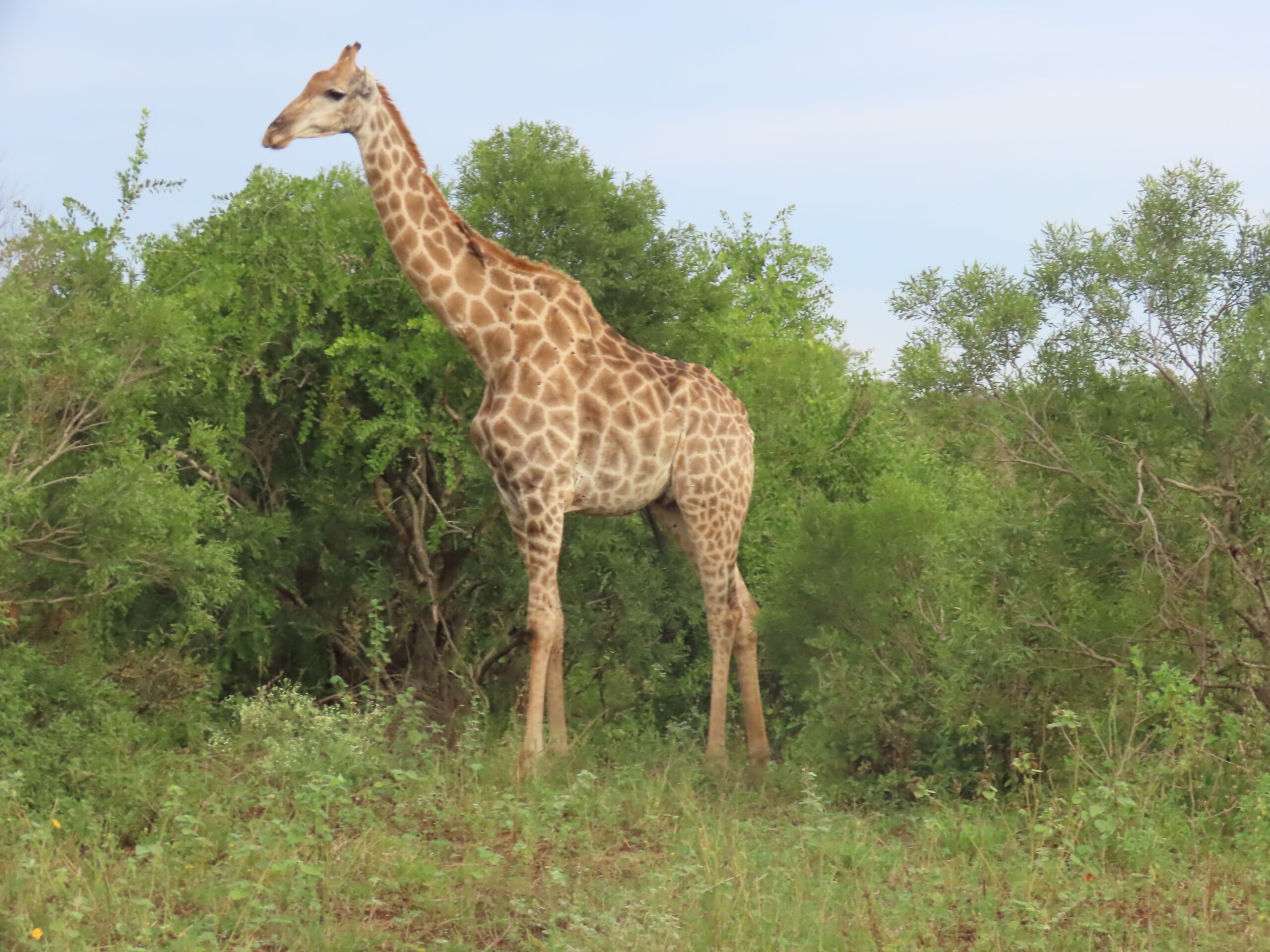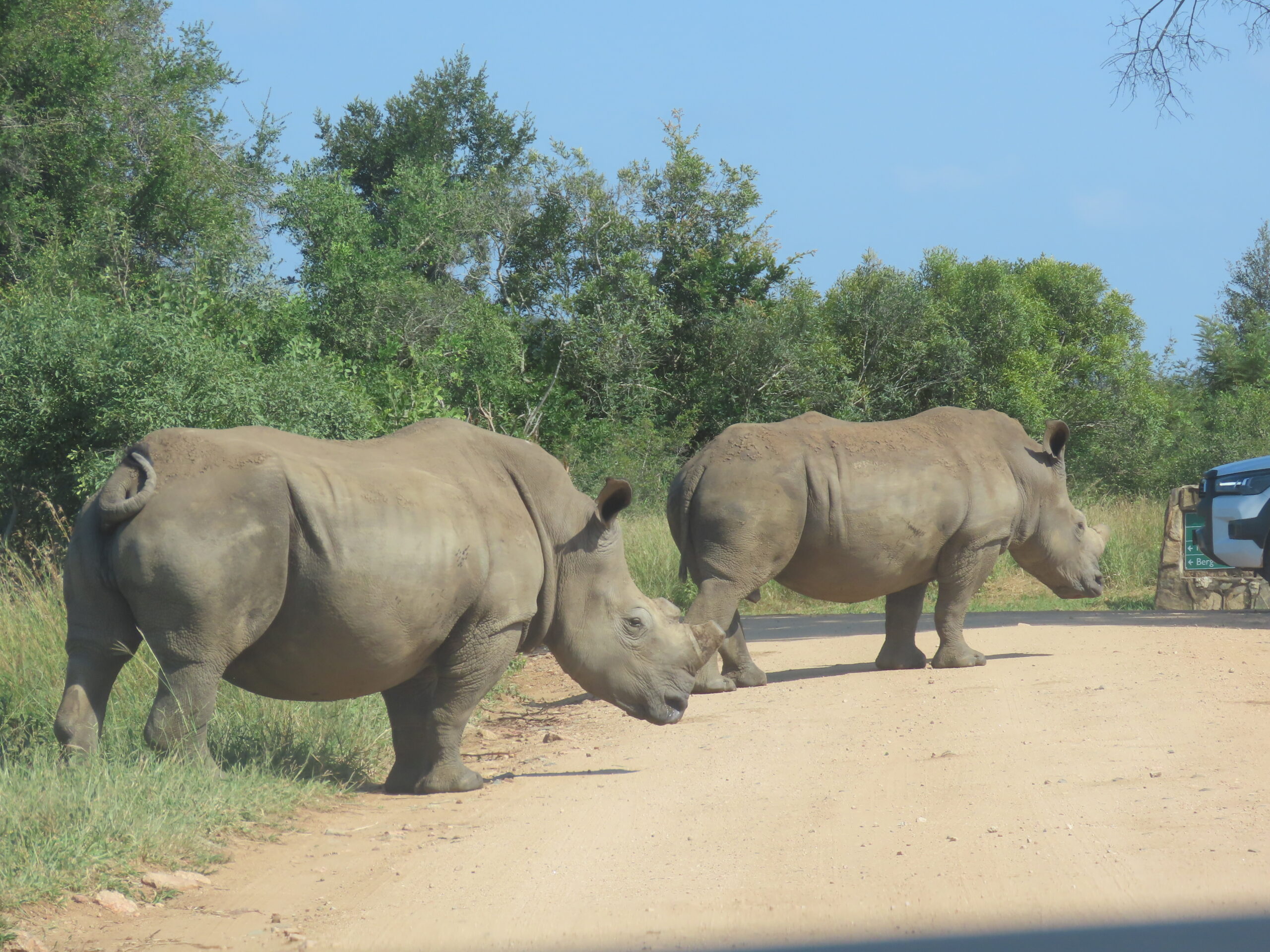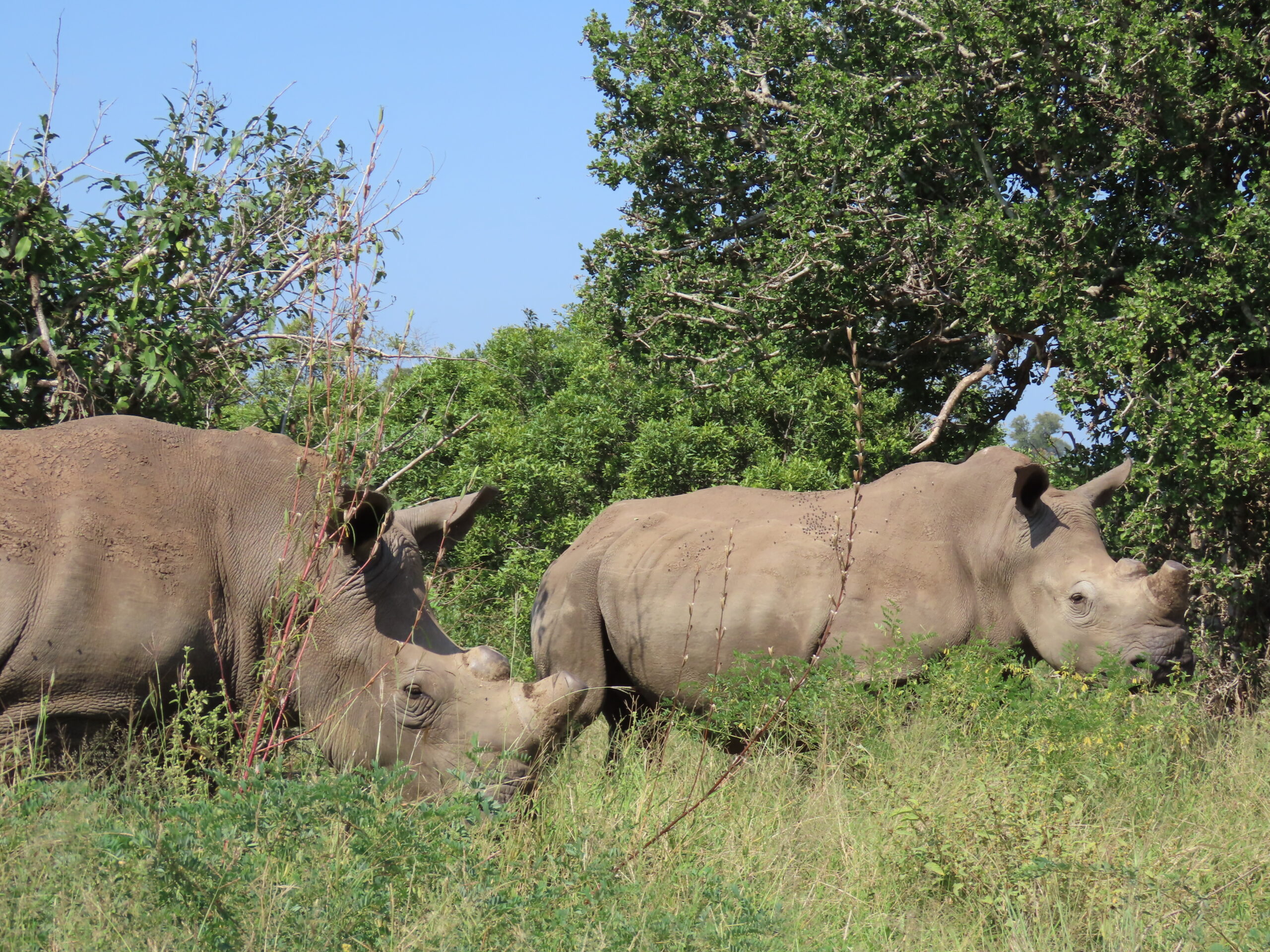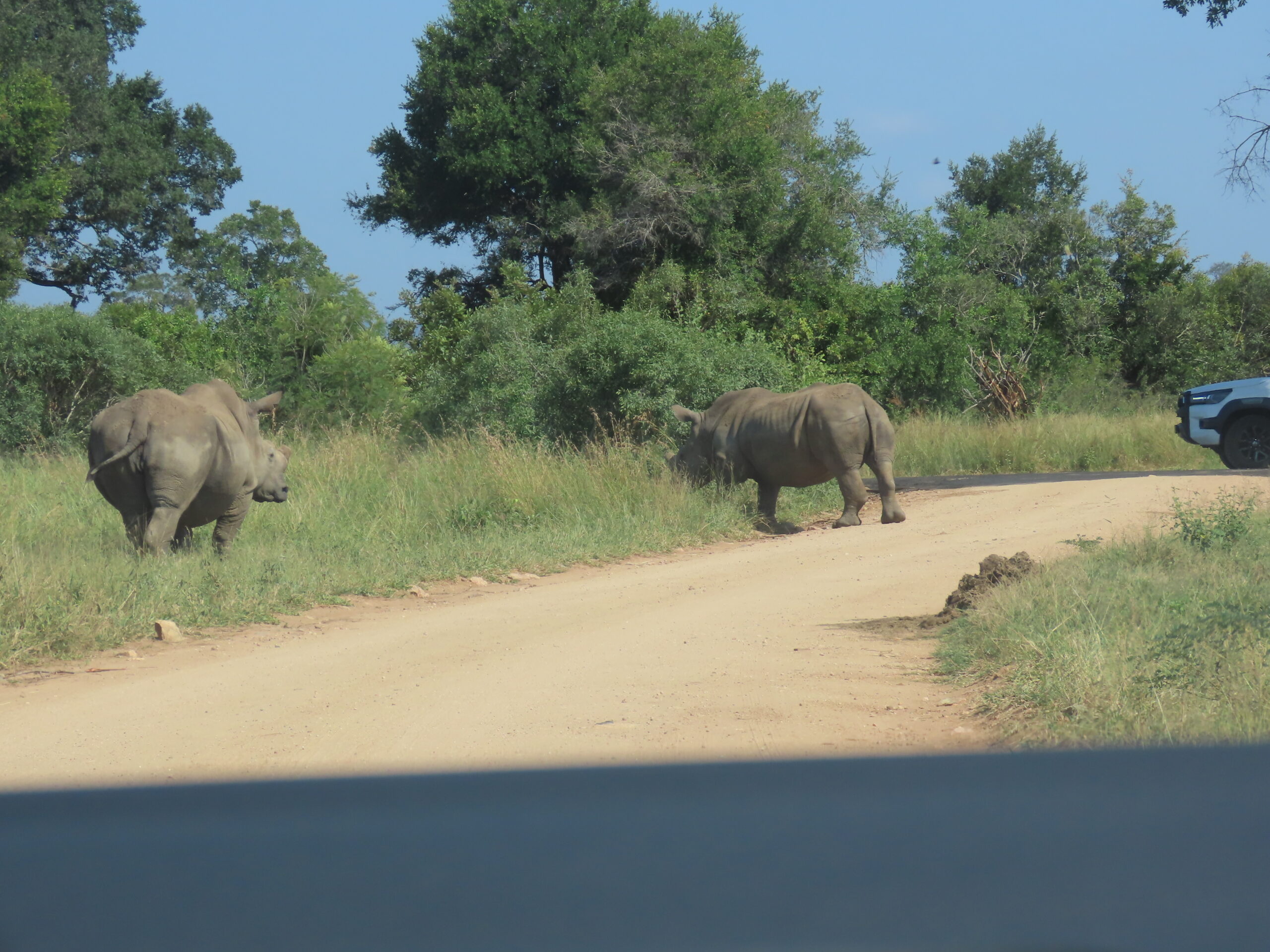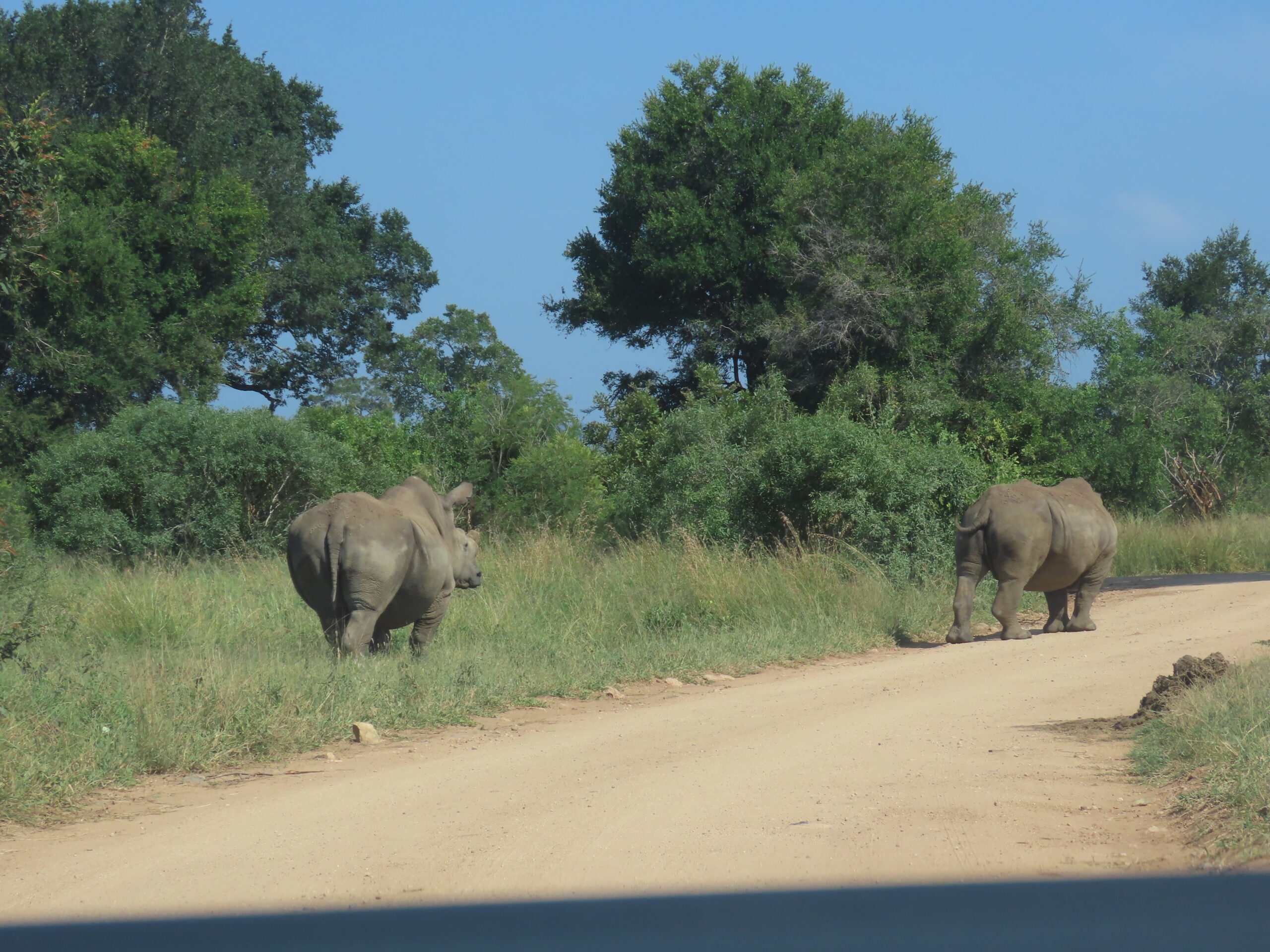
So sorry we didn’t post yesterday. We all have days when we aren’t feeling up to snuff. Over the past few days, I haven’t felt like myself, and I am taking it a little easy. My blood pressure spiked to a dangerous level while my pulse was normal, and I didn’t experience any Afib or other heart-related symptoms.
Typically, I can feel my blood pressure spike for no reason at all. Subsequently, we went to Doc Theo yesterday. After a slight medication adjustment, it is better, but it took the wind out of my sails, and I am still not 100%. Again, today, I’ll take it easy, and hopefully, tonight, I’ll feel well enough to go to Quiz Night at Giraffe, which begins at 6:30 pm.
After the visit with Doc Theo, we headed to Spar Market, where we purchased everything we needed for the next few weeks in less than 20 minutes. Once back in Maroth Park, we stopped at The Butchery to pick up our pre-ordered biltong, which was out of stock last Friday due to the huge number of holidaymakers in the park in April.
The holidays are over, and the tourists have left. Fortunately, we’re enjoying an endless stream of wildlife this morning as we lounge on the veranda. It’s delightful to see our wildlife friends returning to the garden.
There are just the two of us tonight, but dear friend Patty Pan arranged a spot in a group for us. We won’t eat dinner at Giraffe tonight since they don’t have much on the menu that either of us cares to eat. We’ll eat at home early since we have plenty of delicious leftovers in the freezer to enjoy with nothing to do but heat them in the microwave.
As a result, since I’m not feeling creative today, we are sharing a fantastic article from Travel and Leisure, found here on their site:
“The Best New Resorts Around the World—Including a Luxe Mexico All-inclusive and an Italian Countryside Escape…
Travel + Leisure’s 2025 It List.
Borgo dei Conti Resort, Umbria, Italy
Once upon a time, in the Umbrian countryside, there was an enchanted 19th-century villa, built on the foundations of a 13th-century fortress. It was inhabited by Count Lemmo Rossi Scotti, who spent his days painting and tending to the garden. Fast-forward more than a hundred years, and now that enchanted villa is a luxury resort run by The Hospitality Experience, the hoteliers behind other Italian properties like The Place Firenze and Londra Palace in Venice. Naturally, the villa’s new owners worked to preserve its historic integrity, restoring the frescoes and wood-beamed ceilings, while still bringing it into the 21st century. Maybe it was all the lore surrounding the place, but I did feel a bit like a modern-day countess, whether I was savoring risotto with goat cheese and Mediterranean herbs or cozying up on the sofa in my spacious suite. Perugia, Umbria’s Medieval capital, is just a 30-minute drive away, but don’t be surprised if you feel an almost supernatural pull urging you to stay put and explore the 40-acre grounds instead, perhaps with a picnic in the woods. Surely, Count Rossi Scotti would have wanted it that way. Doubles from $600. —Laura Itkowitz
Clara Arte Resort, Inhotim, Brazil
After more than a decade of anticipation, art buffs can now stay in a hotel at the Inhotim Institute, one of the world’s largest open-air museums, about an hour and a half from the city of Belo Horizonte, Brazil. Clara Arte opened in December 2024 at the edge of the museum’s botanical garden, which features 4,000 tropical plant species and 700 artworks across 24 stand-alone galleries, all designed by distinct architects. Clara Arte’s 46 stilted villas spill down a lush hill by the entrance; São Paulo-based designer Marina Linhares filled each one with stone and wood furnishings that gesture to the landscape. All stays include three meals, a lavish afternoon “tea” with surprisingly sharp Brazilian brut, and the addictive cheese bread pão de queijo. As the sun sets, you listen to the chirps and croaks of the Atlantic Forest, or relax with a caipirinha at the piano bar, which hosts nightly bossa nova music. Of course, you come here mainly to browse contemporary art at the Inhotim Institute, a five-minute walk away. It takes repeated visits to fully immerse yourself in the towering installations, which include big names like Matthew Barney and Yayoi Kusama. Accessible hotel. Doubles from $410, all-inclusive. —Mark Johanson
Dunas de Formentera, Spain
I had ditched my shoes to walk the undulating dunes within an hour of arriving at Dunas de Formentera, a 45-room retreat on the smallest of Spain’s Balearic Islands. Formentera, a craggy 12-mile spit of land, is a low-key refuge from the party scene in Ibiza, just a 30-minute ferry ride away. The hotel comprises nine whitewashed bungalows, a few steps from the beach with its soft sand and clear water. Its restaurant, Caliu, specializes in wood-fired dishes, like the artichokes with cured egg yolk and ham that became a favorite during my stay. Dunas puts the eco in eco-resort: Hourglasses in the shower keep track of the time, and even the bedside phones are made of wood. I spent my days parked by the saltwater infinity pool, where the cooling breezes were more than welcome in the parched Spanish summer. Doubles from $550. —Julia Chaplin
Gundari, Folegandros, Greece
Folegandros, an unspoiled island about eight miles long, is only a 50-minute ferry ride from busy Santorini, but it feels like another world. High on a deserted clifftop overlooking the Sea of Crete, Gundari would feel radical anywhere. But in this location, the hypermodern hotel feels almost revolutionary. After opening, the property’s 30 cliffside suites and villas quickly became Instagram-famous. But Gundari’s ambitions go far beyond the visual. The main restaurant, Orizon, is run by Lefteris Lazarou, who earned the Athens restaurant Varoulko a Michelin star. Lazarou’s moussaka, made with shrimp instead of the traditional lamb, was light and aromatic; a risotto of brown orzo with Greek cheese, chili pepper, and wine from the nearby island of Lemnos was somehow both wholesome and indulgent. There’s also a striking subterranean spa where an Australian therapist gave me a world-class massage using oils infused with Greek botanicals. Doubles from $654. —Flora Stubbs
Hôtel du Couvent, a Luxury Collection Hotel, Nice, France
Hidden away in Nice’s Old Town, Hôtel du Couvent is the chic property this coastal city craved. The 17th-century convent—home to the Poor Clare and Salesian orders until the 1980s—got a $100-million renovation and is now a hotel with 88 guest rooms. Mine had Italian flea-market finds and custom furniture made from old ceiling beams. A terraced garden contains more than 300 plant species, many of which supply the three on-site restaurants. Underground is a contemporary interpretation of the Roman baths excavated in nearby Cimiez, with a warm tepidarium, a hot caldarium, and a frigidarium, or cold plunge. The latter was particularly restorative, as was the Negroni No. 2 at Le Bar, in the cloister, which adds beets and strawberries to the classic recipe. It was a subtle reinvention that, like the hotel itself, improved upon the original without losing its soul. Accessible hotel. Doubles from $545. —Paul Jebara
Jannah Lamu, Kenya
For decades, on Lamu, a tiny island off the coast of Kenya that has long been fashionable with a certain free-spirited European crowd, the Peponi has been the stylish hotel of choice. Now, thanks to the opening of Jannah Lamu (the word jannah means “paradise” in Arabic), there’s another extraordinary place to stay. This elegant and quirky B&B—with seven accommodations—in the village of Shela is owned and designed by Kenyan designer Anna Trzebinski. Some rooms have stained-glass windows, others have bespoke wood-carved furniture, and all have Trzebinski-designed fabrics. While there isn’t a restaurant on site, there is a decadent breakfast, including sliced avocados, fresh fruit, samosas, and fried donut-like treats called kaimati. The property also recommends several cafes that deliver delicious Swahili dishes so guests can dine on one of the property’s wind-swept terraces. While located on Shela’s main square rather than on the beach, the property offers guests the option to spend time on one of three beautifully crafted traditional boats. There’s nothing like sailing one of the elegant wooden dhows (with a canopied deck covered in pillows) through mangrove-lined channels, then diving into the water, before a picnic of grilled lobster and fish curry back on deck. Doubles from $350. —Gisela Williams
Kibale Lodge, Uganda
Kibale Forest in western Uganda, is known as the best place in the world to see chimpanzees, and there is no better base to explore this underrated part of Africa than Kibale Lodge, a short drive away. The lodge is Volcanoes Safaris’ fifth on their great ape safari circuits through Uganda and Rwanda. Perched high on a ridge, the estate boasts spectacular 360-degree views of the snow-capped Rwenzori Mountains and greenery of rural Uganda. It is an intimate affair, with just eight papyrus-thatched bandas, each solar-powered and handbuilt by talented local craftspeople. At the heart of the lodge, a welcoming common area encourages guests to gather for drinks and food, including Ugandan specialities and more familiar dishes using local or homegrown ingredients. I swapped safari stories with my fellow visitors over freshly caught tilapia, firinda (bean stew), and dodo (steamed greens), while treks were fueled by freshly squeezed passionfruit juice and on-the-go “rolex” (rolled omelettes). The main draw to Kibale Lodge is, of course, the chimpanzees, but it’s well worth taking the time to enjoy the 150 acres of rewilded grounds here, along with the pool, sauna, and complimentary massages to ease post-trek aches. It’s the perfect sanctuary to retreat after searching for primates in the thick Ugandan jungle. Doubles from $990, all-inclusive. —Gisela Williams
La Roqqa, Porto Ercole, Italy
Giorgio Bonotto, La Roqqa’s simpatico general manager, supplied the words I’d been searching for. I’d arranged to meet him for aperitivi on the hotel’s roof terrace, with views over Tuscan rooftops and a harbor full of bobbing boats. The 16th-century fort that crowns the hill across the bay was soaking up the last rays of the setting sun as he said, “I like to describe La Roqqa as an urban resort in the middle of a fishing village.” I wish I’d thought of that. The contrast between the chic interior design and the refreshing authenticity of Porto Ercole, the laid-back coastal town outside its doors, makes the 55-room La Roqqa such an original arrival on the Tuscan scene. Walk 10 minutes to the port and you’re in a film about small-town Italy, where grandparents and kids stroll along the quay, gelato in hand. Walk, or be driven in one of La Roqqa’s electric cars, 10 minutes in the other direction, and you’re in a dolce vita romance set in a wild, rocky bay where beautiful, tanned people loll on loungers at the resort’s beach club. Accessible hotel. Doubles from $515. —Lee Marshall”
We’ll present Part 2 tomorrow and complete this article. If you’d like to see photos of these resorts, please click Travel and Leisure’s link here.
Although the above resorts are expensive, a traveler might consider a luxury experience during a short stay on their way to other nearby locations. Occasionally, we have opted for a luxury resort, leaving us with exquisite memories of a few-night stay.
Be well.
Photo from ten years ago today, May 6, 2015:
 |
| A fisherman was casting toward the huge surf in Kauai. For more photos, please click here. |





































